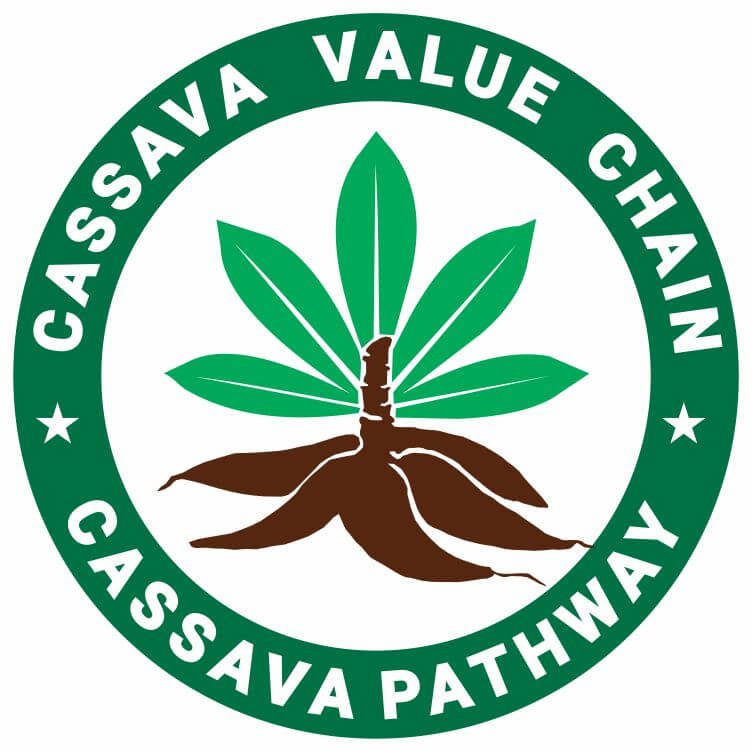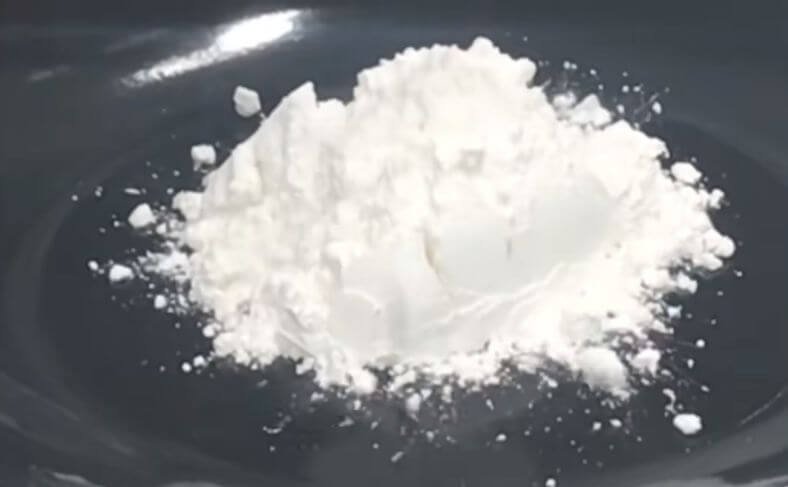Tapioca, what is it made from? Discover the surprising root behind this popular ingredient found in puddings, boba teas, and gluten-free baking. The answer might just change your pantry staples!
You’ve seen tapioca in puddings and bubble tea, but you might still wonder: Tapioca, what is it made from? The answer starts with the cassava plant.
This tropical root isn’t eaten raw; it’s processed to extract the starch, and that starch becomes tapioca.
The process is simple but precise: the roots are peeled, crushed, soaked, and strained until only pure starch remains.
After drying, that starch forms the chewy pearls or smooth paste used in your favorite recipes.
No extra additives or strange ingredients, just cassava root turned into something soft, neutral, and full of texture.
If you enjoy the bounce of boba or the silkiness of tapioca pudding, understanding where it comes from helps you appreciate it even more.
Let’s look at what goes into making tapioca from cassava.
Recommended: Step-by-step Guide for Making Tapioca Pearls at Home

Table of Contents
- An Overview of Tapioca
- What is Tapioca Made from? Cassava Root
- What is Tapioca Made of?
- How Tapioca is Derived from Cassava
- Forms Tapioca Takes
- Frequently Asked Questions
- Conclusion
An Overview of Tapioca
Tapioca is an umbrella term used to describe various products made from the starch extracted from the cassava root.
This starchy substance undergoes different processing methods to create several forms, including tapioca pearls, flour, flakes, and tapioca sticks.
Each form has different uses in cooking and baking, from thickening soups and sauces to making chewy bubble tea pearls.
While the base ingredient is always cassava starch, the final product varies in texture and application, making tapioca a versatile addition to many cuisines.
Whether it’s used in desserts, snacks, or savory dishes, tapioca plays a significant role in global food traditions.
What is Tapioca Made from? Cassava Root
Tapioca is made from the starch of the cassava root, a tuber native to South America. The starch is extracted, dried, and processed into various forms like pearls, flakes, or flour, commonly used in cooking and baking.
The history of tapioca dates back to the indigenous peoples of South America, who were the first to discover how to process cassava into edible products.
They used the root to create starchy foods, and over time, tapioca became one of the popular forms.
As European colonization expanded, cassava and its byproducts, including tapioca, spread to other parts of the world.
The process of making tapioca was refined, and it quickly gained popularity beyond South America.
Today, tapioca is widely used in desserts, puddings, and beverages like bubble tea. Its global journey from a native South American crop to a common ingredient worldwide showcases its enduring appeal and versatility in cooking.
Related Posts
- Is Tapioca Gluten-free?
- Cassava and Tapioca: How Do they Differ?
- Tapioca Starch Industry Trends
- How to Make Boba Pearls without Tapioca Starch
- How to Make Tapioca Cheese Balls
- How to Make Delicious Tapioca Cheese Balls
What is Tapioca Made of?
Tapioca is primarily composed of starch, which makes up nearly all of its content.
It contains carbohydrates, which provide a high-energy source, making it a popular ingredient in many dishes.
Tapioca is low in protein and fat, and it has a negligible amount of fiber. It’s also gluten-free, making it a suitable choice for people with gluten sensitivities or celiac disease.
While tapioca doesn’t have significant amounts of vitamins or minerals, it does contain small amounts of iron and calcium.
Since tapioca is mainly starch, it lacks the micronutrients that other whole foods might offer, but it serves as a reliable source of energy in various culinary applications.
Here is a table outlining the key constituents of tapioca:
| Constituent | Amount (per 100g) |
|---|---|
| Carbohydrates | 88g |
| Starch | ~80-85g (of total carbs) |
| Protein | 0g |
| Fat | 0.2g |
| Fiber | 0.9g |
| Iron | 0.3mg |
| Calcium | 20mg |
| Calories | 358 kcal |
| Water | 10g |
Tapioca is primarily starch, providing energy in the form of carbohydrates, with minimal protein, fat, or fiber. It’s low in micronutrients, but it can still contribute small amounts of iron and calcium.
How Tapioca is Derived from Cassava
Tapioca is derived from the refined starch of cassava, a root plant known for its high carbohydrate content.
The process begins by harvesting mature cassava roots, typically after 6 to 24 months of growth.
Once harvested, the roots are peeled to remove their fibrous, toxic outer skin and then washed to eliminate impurities.
After washing, the cassava is grated or ground into a pulp to break down the fibrous structure and release the starch.
The pulp is mixed with water, forming a slurry. As the slurry sits, the starch settles at the bottom, separating from the water and fibers.
The water is drained, and the remaining starch is rinsed to remove any impurities. Finally, the wet starch is dried to create tapioca.
This process results in a purified, gluten-free starch used in a variety of dishes like puddings and bubble tea, with no additives or extra ingredients involved. See an in-depth post on how tapioca is made.
Forms Tapioca Takes
Tapioca comes in several forms, each suited to different types of dishes. Here’s a look at how tapioca can be used in various ways:
- Tapioca Pearls: One of the most familiar forms is tapioca pearls. These small, round balls are often used in bubble tea or desserts. When cooked, they become chewy and absorb flavors well. You’ll find them used in both sweet and savory dishes, particularly in Asian cuisines.
- Tapioca Flour (Tapioca Starch): Another common form is tapioca flour. This fine, gluten-free powder is made from cassava and is ideal for those with gluten sensitivities. It’s commonly used as a thickening agent in soups, sauces, and desserts. You can also use it in gluten-free baking, helping to create the right texture in breads and pastries.
- Tapioca Flakes: Tapioca flakes are another option. These dehydrated granules are quick to rehydrate and are often used in recipes that require fast-cooking starch. They’re great for adding a smooth texture to dishes.
- Tapioca Sticks: Also, tapioca sticks are elongated forms of tapioca. These are typically used in savory dishes, snacks, or even fried foods. They provide a satisfying crunch and can be used in a variety of culinary settings.
- Tapioca Pudding: Tapioca pudding is a classic dessert made from cooked tapioca pearls, milk, sugar, and eggs. It’s creamy, comforting, and can be served warm or cold. Often flavored with vanilla or fruit, this pudding is a beloved treat around the world, especially in Western and Asian cuisines.
Each of these forms originates from cassava starch, showing just how adaptable tapioca can be in the kitchen.
Whether you’re cooking or baking, understanding these different forms of tapioca opens up a wide range of creative possibilities.
Frequently Asked Questions
What is tapioca made from?
Tapioca is made from the starch extracted from the cassava root. The root is processed to isolate the starch, which is then dried to create tapioca in various forms.
What are the different forms of tapioca?
Tapioca comes in pearls, flour, flakes, and sticks. Each form serves different purposes, such as in puddings, bubble tea, and as a thickening agent in cooking.
Is tapioca gluten-free?
Yes, tapioca is naturally gluten-free. It’s made from cassava starch, making it an excellent choice for people with gluten sensitivities or celiac disease.
How is tapioca used in cooking?
Tapioca is used in various ways, such as in puddings, as a thickener for sauces, soups, or in gluten-free baking, especially for creating chewy textures.
Conclusion
Tapioca, what is it made from? Tapioca, derived from cassava root starch, is a popular ingredient worldwide with a diverse range of culinary applications.
The starch undergoes processing, resulting in various forms such as pearls, flour, flakes, and sticks.
These forms are used in both savory and sweet dishes, with tapioca providing texture and structure.
It’s a gluten-free option that works well for those with dietary restrictions. While tapioca is mostly carbohydrates with minimal fat or protein, it remains a valuable source of energy.
Its journey from cassava root to the kitchen makes it an essential staple in different cuisines around the globe.
Citations
- Tapioca – Wikipedia https://en.wikipedia.org/wiki/Tapioca
- What is Tapioca, anyway? – Food52 https://food52.com/blog/16109-what-is-tapioca-anyway
- What Is Tapioca and What Is It Good For? – Healthline https://www.healthline.com/nutrition/tapioca
- Tapioca | Definition, Uses, & Facts – Britannica https://www.britannica.com/topic/tapioca

Chimeremeze Emeh is a writer and researcher passionate about Africa’s most transformative root crop—cassava. Through his work at cassavavaluechain.com, he explores the entire cassava industry, from cultivation and processing to its diverse applications in food, health, and industrial use.
He also writes for palmoilpalm.com, where he shares his extensive experience and deep-rooted knowledge of palm oil, covering red palm oil, palm kernel oil, and refined products. His work there reflects his lifelong connection to agriculture and his commitment to promoting sustainable value chains in Africa.
Driven by curiosity and purpose, Chimeremeze aims to shed light on how cassava continues to empower communities, strengthen food systems, and link traditional farming wisdom with modern innovation.

